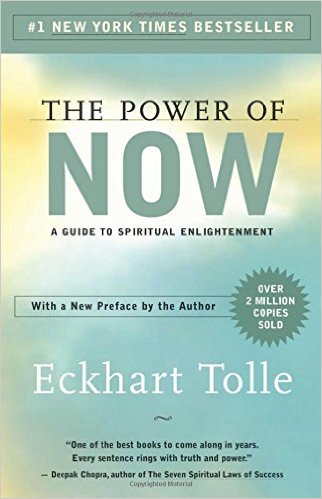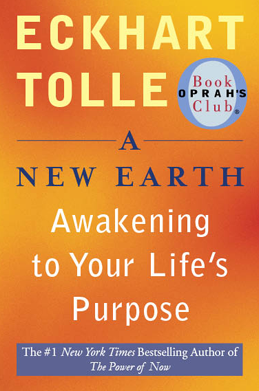|
home | what's new | other sites | contact | about |
||
|
Word Gems exploring self-realization, sacred personhood, and full humanity
How To Sit Quietly Present Moment versus Life Within
Eckhart Tolle has written most extensively concerning the underlying elements of the "quiet room" thesis. His two primary books are required study for anyone desiring to understand this subject:
I often quote Eckhart, mainly because he’s articulated, so well, the basics of the process. However, for over ten years, I’ve been studying and thinking about the things of which Eckhart speaks, and so now, in my own right, I’ve personally experienced some of the wonders offered by this subject matter. In this “journey to the center of being,” my own “travels to the inner cosmos,” I rarely find need to disagree with Eckhart. However, I think it would be helpful – at least to me – to report a slight variation from his findings. Nothing major, just a matter of proportion. And yet proportion is important, as well explained by Dorothy Sayers in Gaudy Night: "The proportion and relations of things are just as much facts as the things themselves; and if you get those wrong, you falsify the picture really seriously." This is great understanding by Sayers. The issue is this: Eckhart emphasizes what he calls “the power of now.” This is the timeless world, the eternal moment, of Universal Consciousness, the seed of which resides in the “true self” of every human being. And this is absolutely true. If you don’t know what I’m talking about, then my words alone will not help you very much. It’s something you’ll need to experience, and it will happen for you when you learn how to quiet “the voice in the head,” the dysfunctional ego, masquerading as the real you. But, what’s wrong with emphasizing the “eternal now”? Well, as the detective Sayers informs us, if you get the proportion wrong, you’ll end up falsifying and skewing the process. And so, what should be the emphasis? I will tell you, but, you’ll be unimpressed if you’ve not yet personally travelled this road. The locus of importance is not the eternal moment but the life within. The timeless present is but the medium, the environment, in which the “inner riches” of one’s eternal life is met. How do I know this is the right emphasis, the right “proportion”? I know this by the only means that any metaphysical element might be known: I’ve experienced it. If you like, do what I did, try this, the next time you’re feeling angry, or poisoned by some aspect of negativity in the world. As we know, we won’t have to wait long for the "classroom" opportunity. Eckhart’s books do a great job of explaining how to center oneself, to quiet the mind, to defuse the angry ego. You’ll want to get this straight from Eckhart as he outlines the process in such detail. And here’s what you’ll find – as I found: During times of anger and great negativity, the seething, sometimes raging, ego will not be silenced very easily. It wants to “take you over” and immerse you in the insanity of retaliation or resentment. The idea is to “go within,” deeply so, all the way to the core of being, where we will find an oasis of peace. Again, during times of intense hurt feelings, this can be very difficult as the ego will want to lash out and refuse to be mollified. However, I can tell you that, if you stay with the process of continuing to “go within,” you will win, the ego’s energy will suddenly collapse, and, for a time, you will be free of the poison. If you’ve not experienced this, then my words here will not convince you. You must learn how to do this for yourself. But the point is this: Once the “inner raging storm” finally breaks, you will experience the most essential essence of the “true self” – which is life, not timelessness. Yes, this “life” will stand in a timeless world of inner peace and harmony, but you will know, you will sense, that the most important element of the entire process is “life.” That’s what we want to access. There’s a second aspect to this discovery of “life within” that is not emphasized in Eckhart’s works. Again, the proportion is not right. I speak of authentic romance. In “The Wedding Song” we find the origin of true love described in terms of lovers “drawing life and giving it back again.” This is the life of the true self, of Universal Consciousness, and authentic sacred romance is meant to aid the enlightenment process. I speak of these things here because you will not succeed in the grand achievement of sitting quietly in a room alone unless you are able to access the life within. Entering the timeless world takes us close, to the very threshold, but we need to get the proportion right in order to see clearly how this all works.
|
||
|
|

